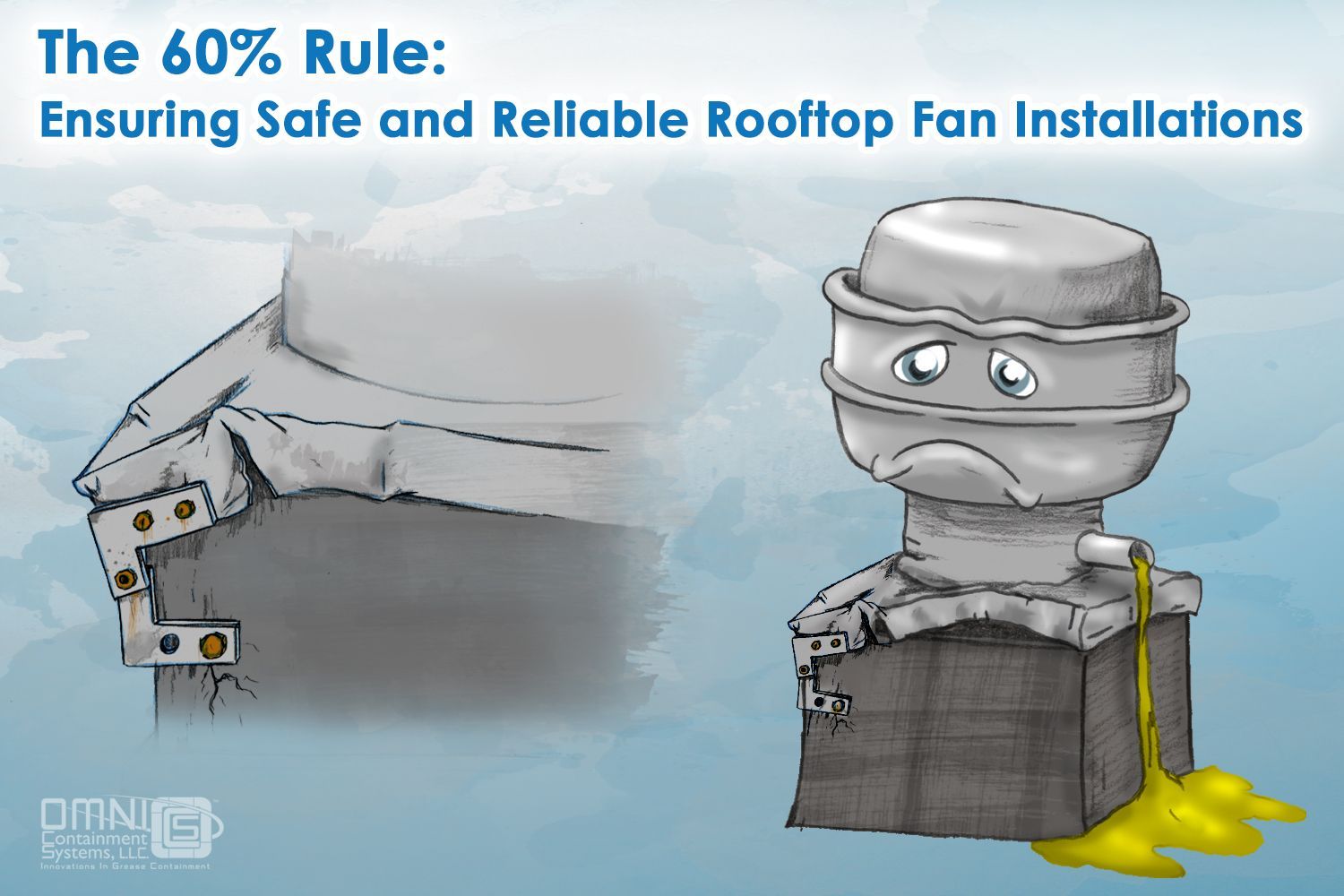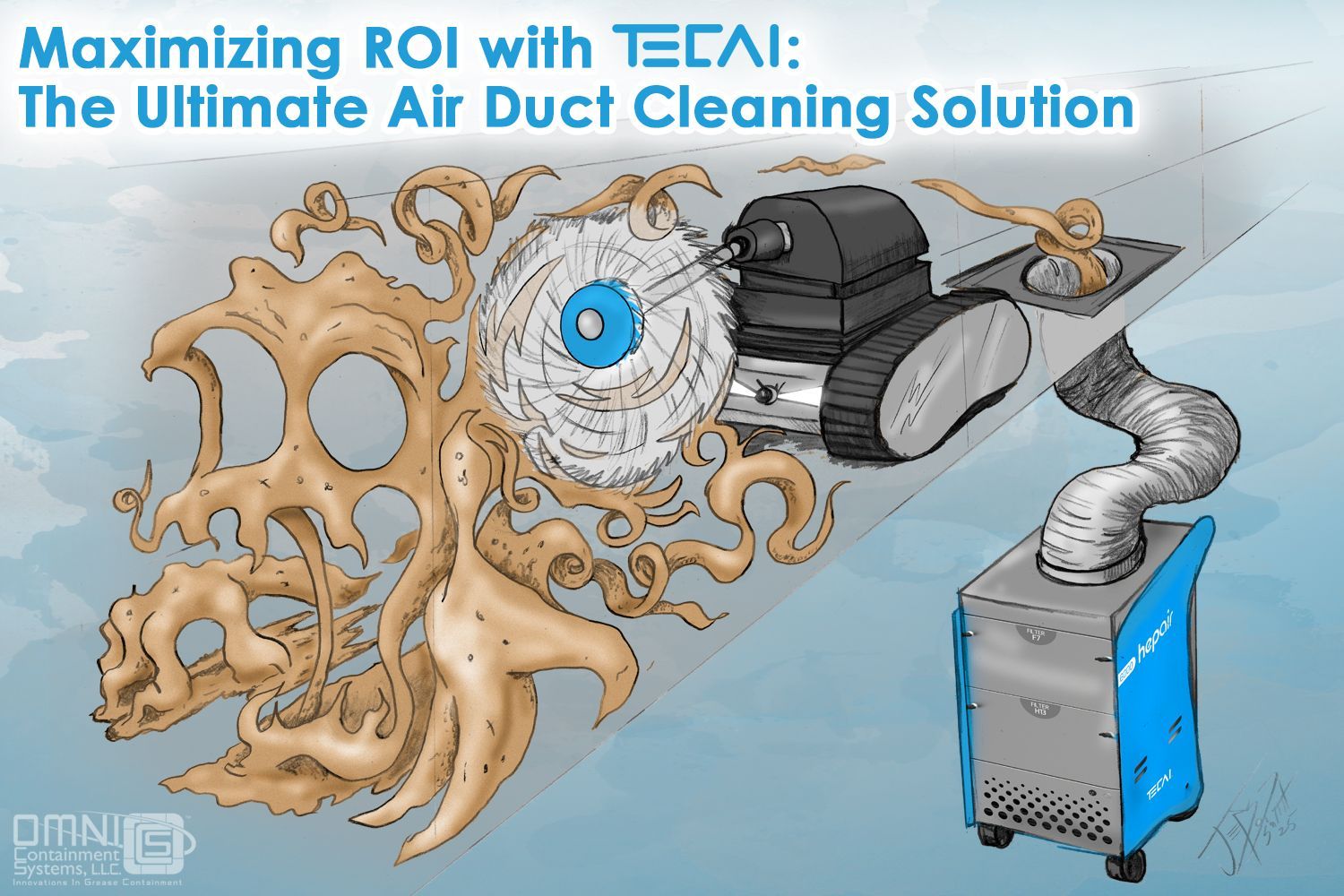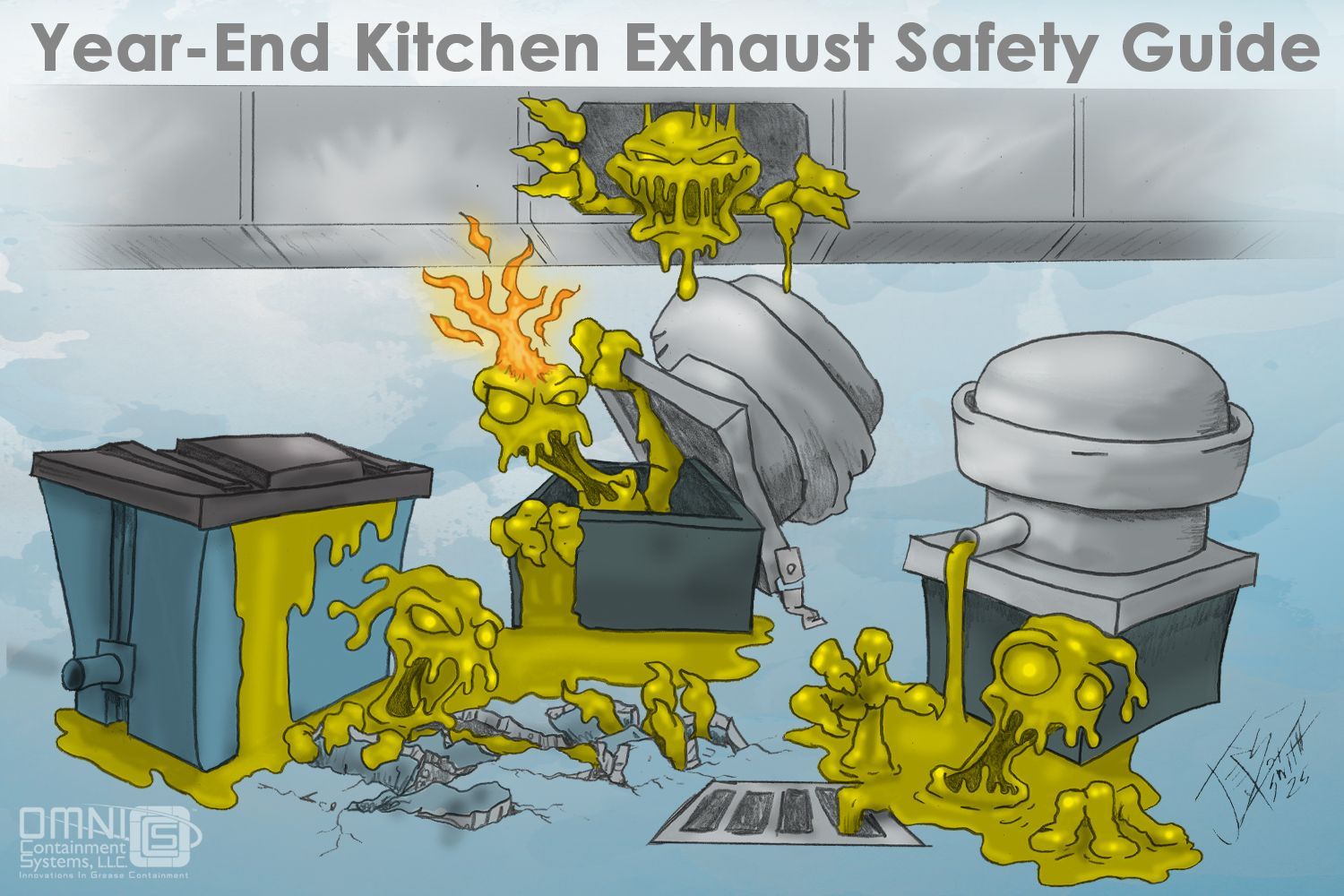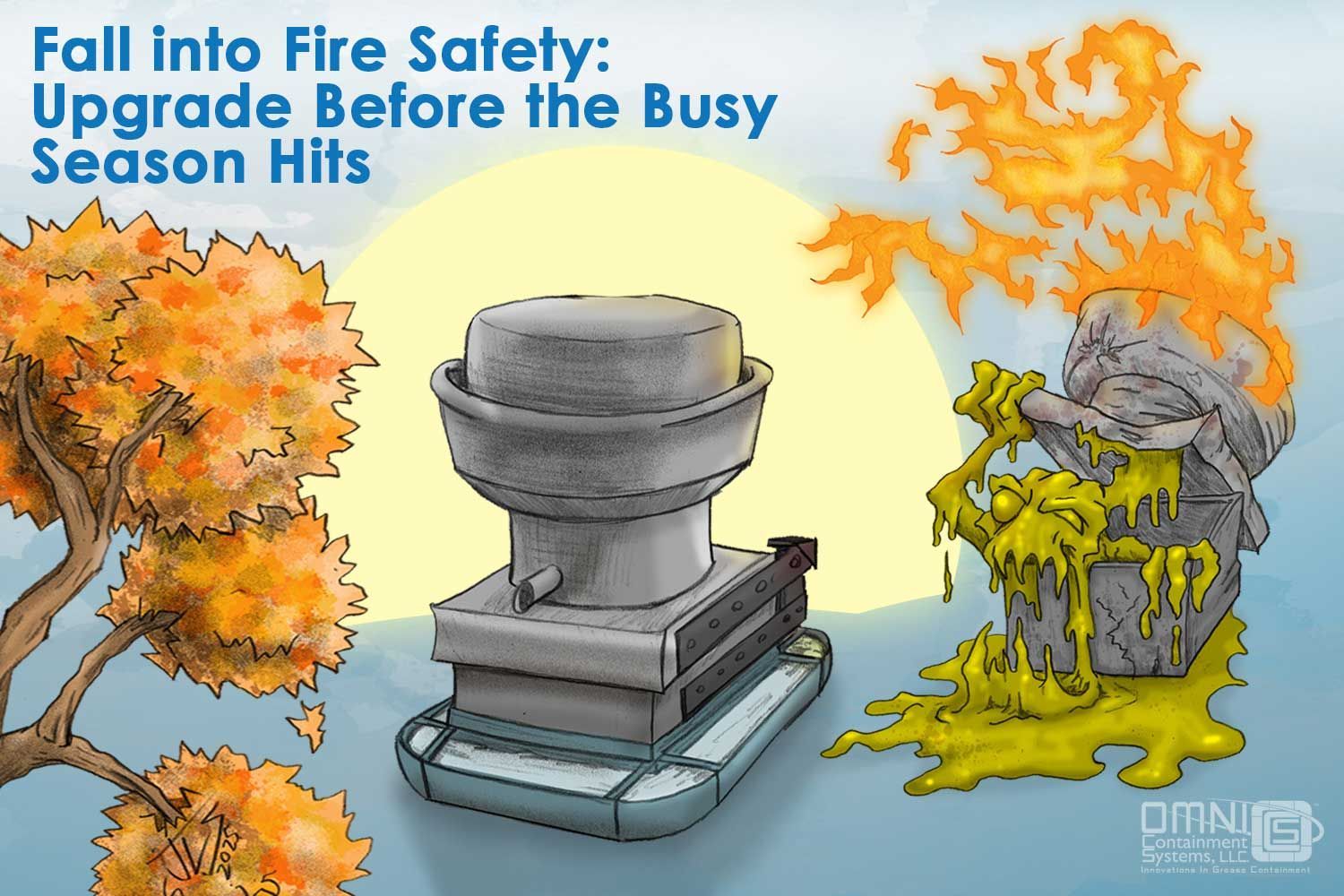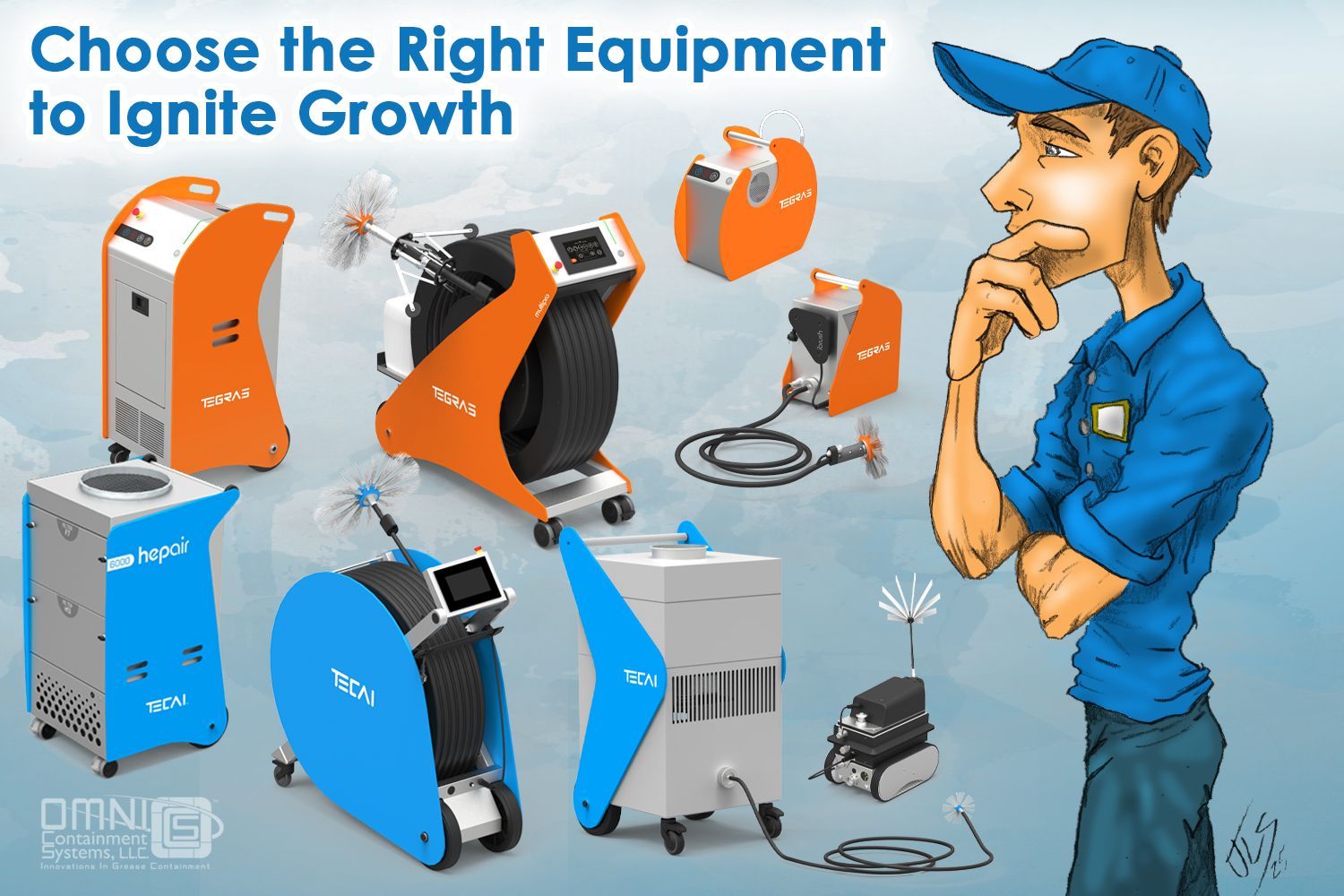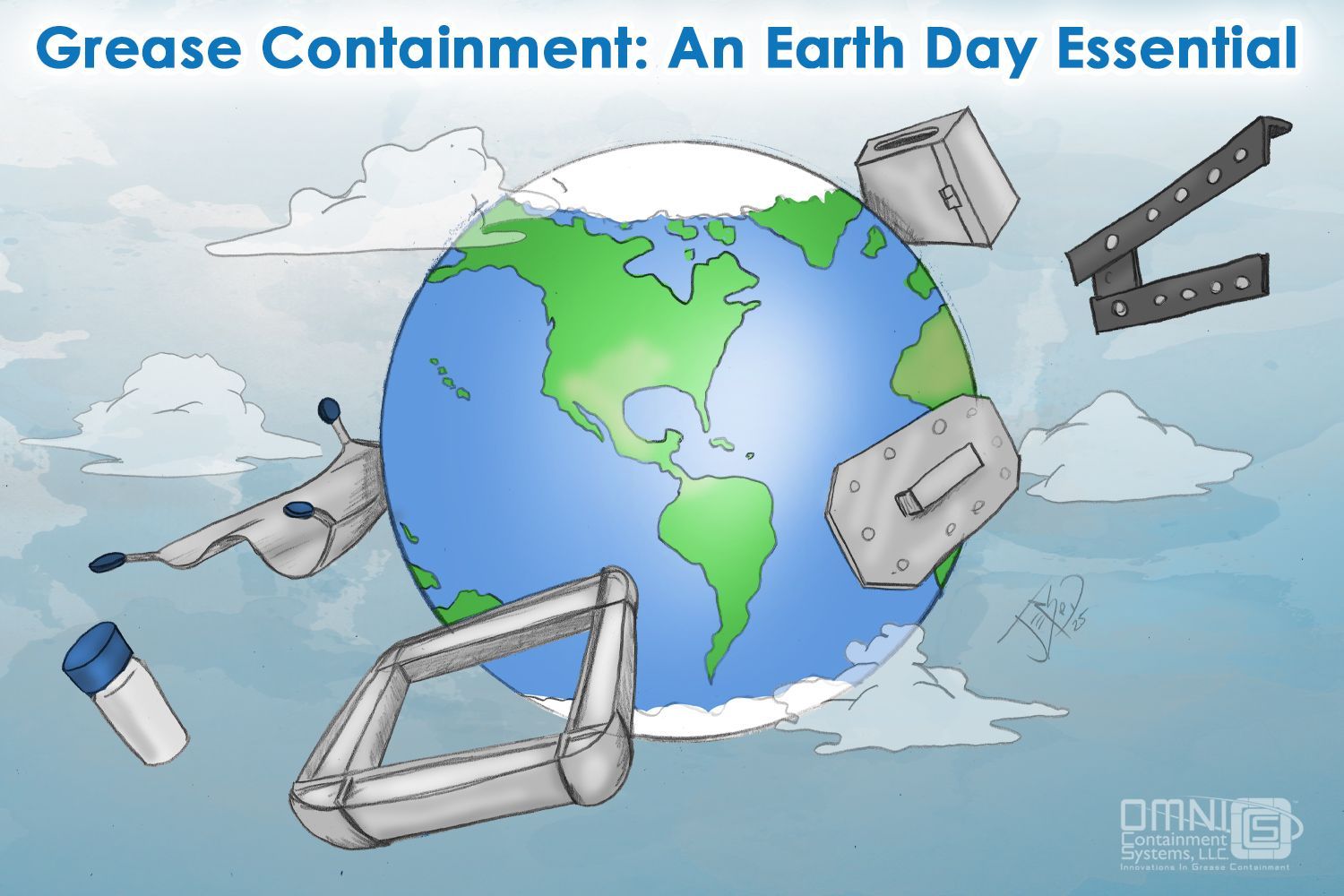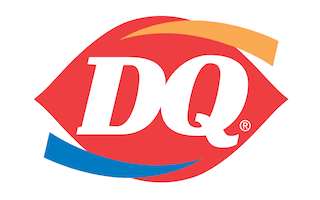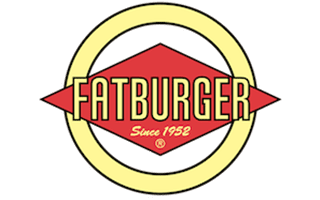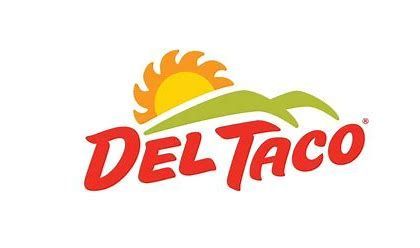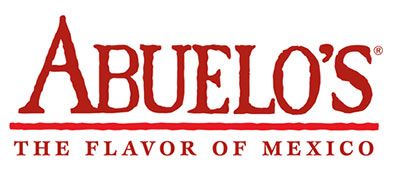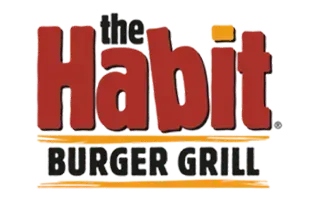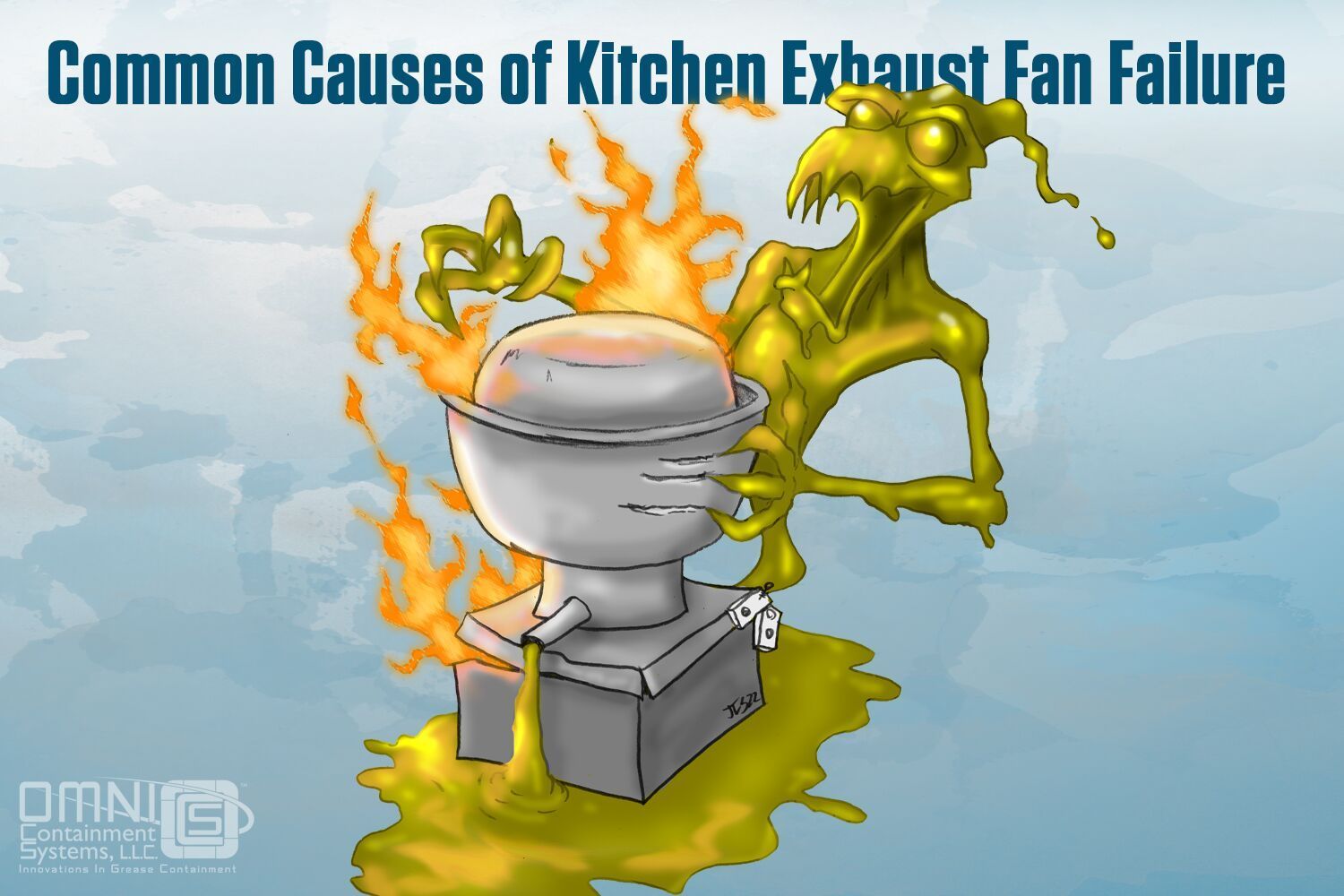
Common Causes of Kitchen Exhaust Fan Failure
A commercial kitchen is the canvas chefs use to create their culinary artistry inside a bustling environment of flames, heat, and smoke. Without the kitchen exhaust system, the chef’s palette of culinary inspiration would become full of smoke, heat, moisture, and grease residue. When the kitchen exhaust system is functioning correctly, all those elements are drawn out through the kitchen exhaust fan. It is a critical component of the kitchen exhaust system, and in the event of a fan failure, the entire system will shut down.
Commercial upblast exhaust fan units are typically very reliable, but every so often a problem may arise. When the kitchen exhaust fan is not functioning correctly the most notable sign is when it is not properly drawing in air. The other most common issue occurs when the fan motor is not operating. These common fan failures can be directly related to poor service and maintenance. For trouble-free operation of an exhaust fan, it is imperative to follow a schedule of regular maintenance check-ups.
Keeping your kitchen exhaust fans maintained and in good working order is important to avoid serious problems like negative pressure, back drafting, and buildup of deadly fumes. While many repairs and mechanical problems require the expertise of a professional electrician or kitchen exhaust technician, routine maintenance tasks can be made easy with the right tools! Omni Containment Systems has developed several solutions that can be added to improve performance and assist with maintenance needs.
Grease Filter Cleaning Tank
When you experience reduced airflow, it can give the impression that your fan is not working properly. It should be noted that it also could be that your kitchen exhaust hood filters are dirty. This is a very common complaint, but the solution is very simple: clean your hood filters daily or weekly! This can be easily achieved with the Tegras Filnet ultrasonic cleaning equipment. Simply place the hood filters in the cleaning tank and grease is removed without the need for scrubbing. The action of the ultrasound penetrates all the cavities, providing extreme cleanliness. Plus, the amount of water required to clean is reduced and can be reused! The cleaning liquid is composed of water and a small amount of detergent.
Access Panels
Reduced airflow can also be caused if the duct is obstructed or overly dirty. This is a serious fire hazard. To avoid this dangerous grease buildup, schedule kitchen exhaust cleanings on a regular basis. It is also essential to install access panels to quickly access the duct to view the amount of grease accumulation. Access doors, or access panels, are a vital component of the restaurant hood and duct exhaust system. They provide access to the entire system so that hood and duct cleaners can perform a thorough cleaning. When access doors are installed at proper intervals and at changes in the duct direction, even the hidden areas become accessible. Without them, or not enough of them, parts of the hood and duct system cannot be cleaned. Dangerous grease will continue to build up and this obstructs air flow and puts undue strain on the rooftop exhaust fan.
Grease Containment Systems
When functioning properly, your commercial kitchen exhaust fan will draw out the grease laden vapors from the air. Having the proper grease containment for your kitchen exhaust fan is vital to prevent fires, protect the roof membrane, ensure slips and falls are minimized, and prevent grease from washing into waterways (which in some municipalities can result in a hefty fine from the EPA). For these reasons, restaurant owners and managers need to examine their current grease containment system to determine if it’s time for an upgrade. If your system is old or there isn’t one at all, it’s time to invest in better grease containment.
Hinge Kits
Commercial kitchen exhaust fans need to be cleaned regularly. When cleaning an upblast fan, it should never be placed upside down or sideways. To avoid this issue, all kitchen exhaust fans should be equipped with an NFPA 96 compliant hinge kit. This provides a safer and more efficient way to access interior mechanisms and keep the fan locked in place while servicing it. A hinge kit is also required by NFPA 96 fire code standards.
Commercial kitchen exhaust fans perform the essential function of moving air to remove smoke, steam, heat, grease, and other food-related vapors from the kitchen and restaurant. For trouble-free operation of an exhaust fan, it is imperative to follow a schedule of regular maintenance check-ups. With Omni Containment Systems as your solutions partner, even the most difficult cleaning can be made easy!
Share This Blog Post!

